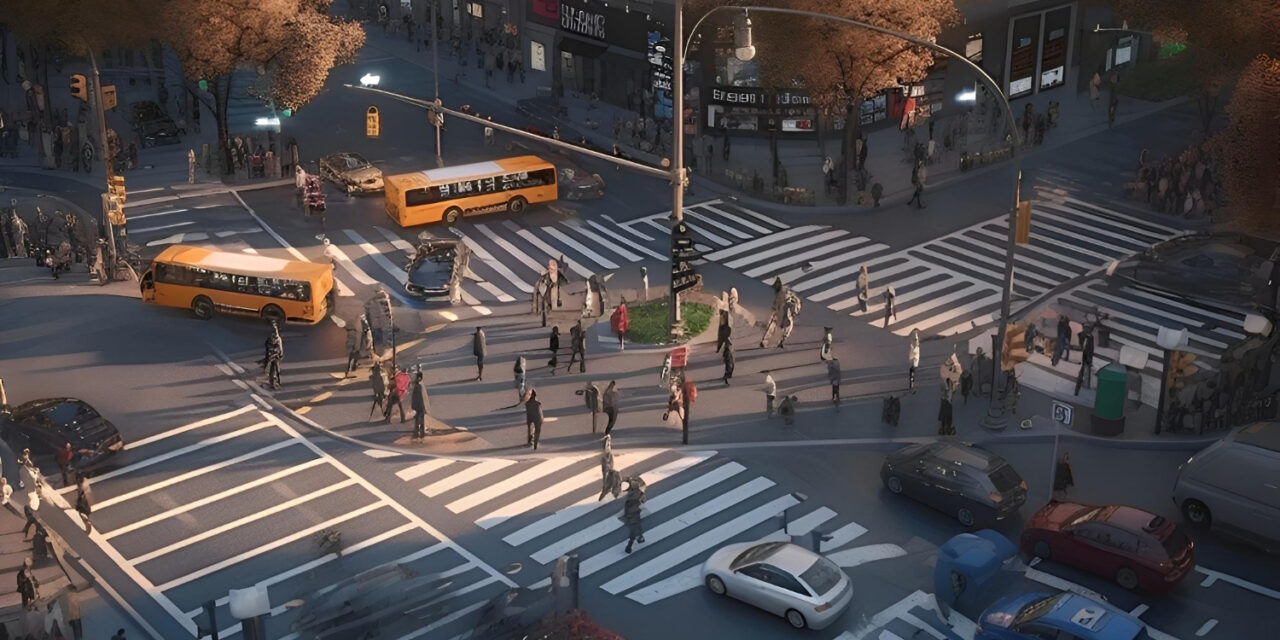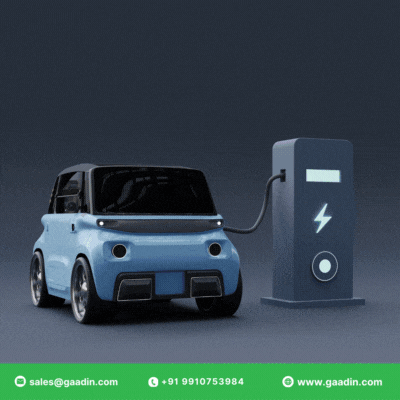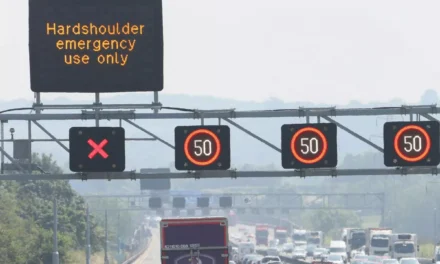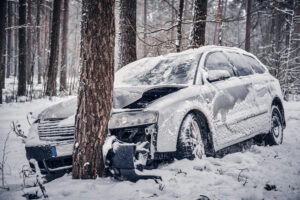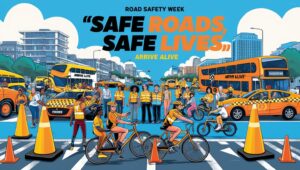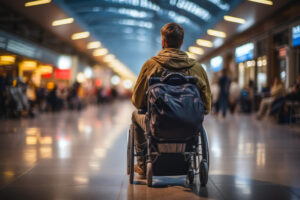The days are getting longer, the weather is slowly improving, and that means getting out more, but driving in and around an unfamiliar big city can be stressful. It’s important to be patient and aware of your surroundings.
Keeping to a reduced speed limit is just one of the challenges when navigating busy streets. IAM RoadSmart has some top tips for navigating busy city roads.
Stay legal.
With the expansion of 20-mph speed limits, it’s a good time to consider driving in built-up areas. Firstly, we must stay safe and, of course, legal. Failure to follow speed limits falls into three categories: lapses, errors, and violations. Awareness helps with the first two, but only changing your attitude can control the third.
Plan the gap.
What does 20mph look like? The two-second gap is about 18 metres, or four car lengths, but in stop-start traffic, we can reduce this by around a metre for every 3mph. To keep traffic moving, move with the car in front and then extend your gap to it.
Confirm speed.
Be alert to signage and infrastructure. In most areas lamp posts mean it’s still 30mph, but you should also search for a possible 20mph limit. A well-designed and planned 20-mph zone will be traffic-calming. It is designed to make you stay slow in areas where conflict with other road users is possible.
Mind that child.
Watch out for school signs. Sometimes, speed limits are reduced during certain parts of the day, like school drop-off and pick-up times. The sign-posted lights normally flash at school opening and closing times; this increases the visibility of the school signs to drivers when children are most likely to be using the road.
Parked vehicles
Ideally, we leave a door’s width when passing a car, but if we can’t, we must slow down; even 20mph is quick when a door flies open. Watch the gaps in between cars, too; pedestrians will step through them to cross the road. Even in stationary traffic, stay alert to people crossing the road, but be wary of facilitating it, as that could cause problems.
Understanding road users
The Highway Code updates encourage all road users to make sure they are aware of each other. Under a new hierarchy system, those likely to cause the most harm have the greatest responsibility to take care. Essentially, the bigger and heavier the vehicle you drive, the more responsibility you have to reduce risk.
IAM RoadSmart Chief Examiner Richard Gladman says: “In a big city, accidents can happen near junctions and road crossings, so make sure you keep your eyes peeled. Look out for elderly pedestrians, anyone wearing headphones, or anyone using a mobile phone. We don’t know where their attention is, but it probably isn’t in the traffic. Be especially careful where there are young children. They are unpredictable and often have no sense of danger. Be careful and share the road space with others. Who among us doesn’t like to receive a thank-you nod or wave? Earned by using common sense and courtesy.
Why not try our free taster sessions? It is your chance to experience our Advanced Driving and Advanced Riding courses. They are not an independent assessment of your driving or riding, but rather an introduction to the full course, which should help you decide whether it is right for you.

